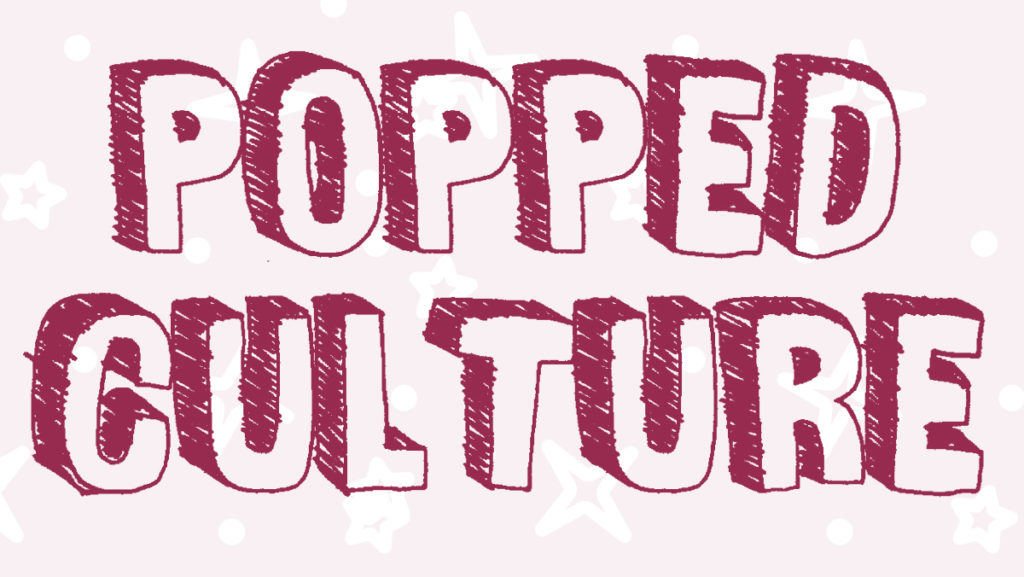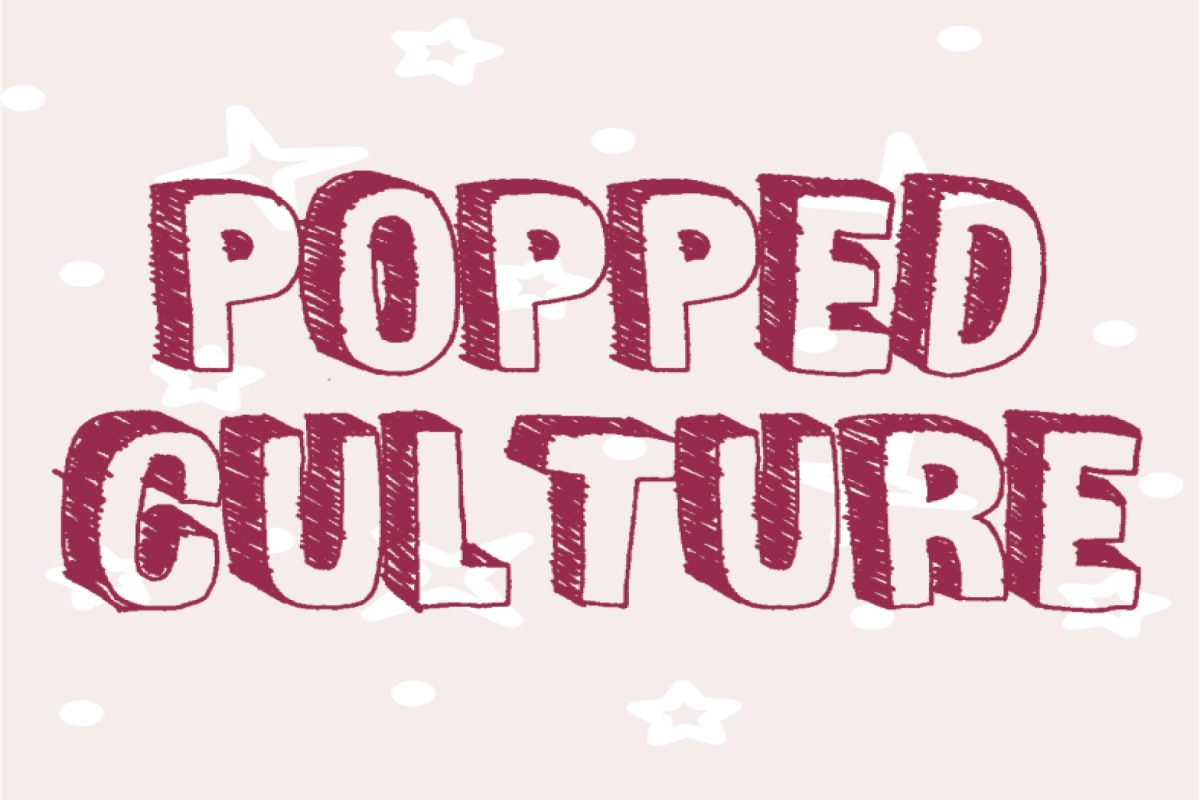Thanks to the December 2020 issue of Vogue, Harry Styles has been deemed the most recent leader in androgyny among male artists. Although he was the first man to ever front the American magazine solo, he was nowhere near revolutionary in his attire.
Behind consumerism, the point of fashion is to help people feel more confident. It makes sense that the leading fashion magazine in the world is showing a man wearing a dress, as it has become more popular in mainstream fashion. However, just because a man wearing a dress is “shocking” to everyone in 2021 doesn’t mean that it has never happened before. So why are people acting like Styles is the first man to ever wear a dress when other artists, especially Black artists like Prince, Lenny Kravitz and Little Richard paved the way?
The underrepresentation of Black artists in the music and fashion industries alike is all too prevalent. Little Richard paved the way for Prince and David Bowie, teaching fans everywhere that men could look feminine and still be sexy. Even today, Lil Nas X, a popular artist who dresses in a more feminine manner, could have been chosen to lead this movement. But Vogue and its readers chose Styles, a white, cisgender, man who some fans presume is straight due to the public nature of his heterosexual relationships.
To clarify, Styles has never confirmed his sexuality, telling The Guardian, “Sexuality’s something that’s fun. Honestly? I can’t say I’ve given it any more thought than that.” While we can’t assume Styles’ gender or sexuality, it feels disrespectful to make him the figure of this movement when so many people have faced deadly backlash for having done what he’s doing.
Perhaps Styles, coming from a widely recognized and adored boy band, was an easy face to introduce an idea that may be new to many people. Styles was called a “revolutionary” by Gucci’s Alessandro Michele for being in touch with his feminine side. However, Vogue’s ignorant marketing strategy not only does Black androgynous artists a disservice, but it completely insults the community of Black transfeminine individuals and Black drag queens who have been beaten, ostracized and killed for doing the same thing as Styles.
For instance, Marsha P. Johnson was “an activist, self-identified drag queen, performer and survivor” as well as “a prominent figure in the Stonewall uprising of 1969,” as the institute that shares her name describes her. Johnson was a leader for Black transgender individuals, known for her kindness, inspiring nature and advocacy for the freedom of gender expression. Johnson’s body was found in the Hudson River in 1992. At the time, police determined Johnson’s cause of death to be suicide, despite all of her friends insisting that she was never suicidal. The official cause of Johnson’s suspicious death was reclassified to “undetermined” in 2002 and remains that way today.
Styles’ placement on Vogue’s pedestal is a demonstration of tone-deaf timing. At the conclusion of the deadliest year for trans people on record, praising a cisgender man for wearing a dress seems ignorant.
While a man making the cover of Vogue is a stray from the status-quo, the choice somehow feels very safe. Styles was probably the easiest choice in the selection of the cover model. He’s reached universal acclaim, he’s never done anything too controversial and he’s white, which Vogue tends to gravitate toward, with only 32% of Vogue covers featuring Black models between the years of 2017-2020. Vogue neglected the long history of the very movement it wanted to support while discrediting an entire group of people.
If Vogue truly wanted to recognize a movement while honoring the lives of Black people who have lost their lives making these choices, it could have. There are plenty of Black artists who dress femininely and could have been featured instead of Styles, like Lil Nas X or Billy Porter.
While a man covering Vogue is a step toward defying the norm, it’s also a step back. Vogue has shown little diversity on its covers in the past and has rightfully been criticized for it. If the magazine wants to be more representative, it is going to have to try a lot harder.





